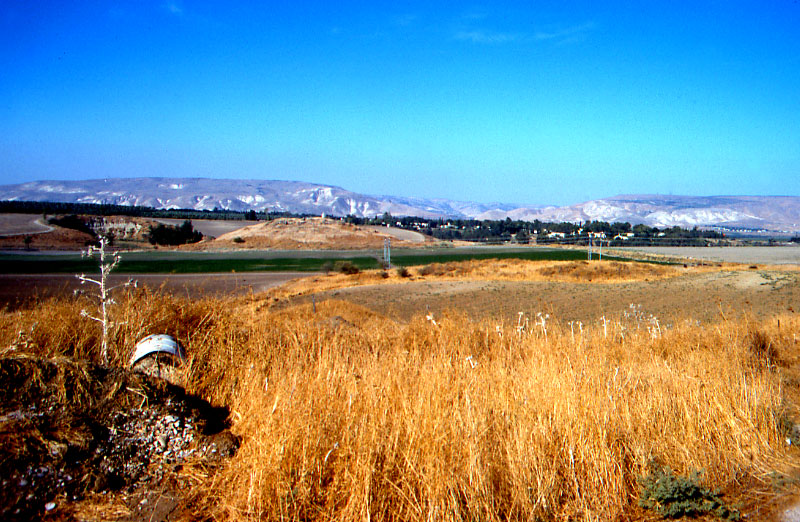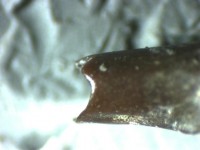

Rodent fragment from Ohalo II. Note the fragmentation pattern. © Miriam Belmaker
Several hypotheses have been put forth regarding the impetus for the origins of sedentism in the Southern Levant. While some have invoked a climate change, others have suggested a more social reorganization.
By using micromammals as paleoecological indicators, we have been exploring this issue. We have studied assemblages from several sites dating from the Last Glacial Maximum throughout the Neolithic Period in the Southern Levant.
Results suggest that during the Natufian period, the region was still humid and did not suffer extreme desiccation and that climate change may not have been the direct cause for the origins of sedentism.
Current Research and Collaborations
More to come! Please be patient as this area of our site is still under construction.
Past Research
Publications:
- Belmaker, M. and Brown, A. B., (expected 2016) A new look at “on Mice and Men”: Should commensal species be used as a universal indicator of sedentism? In Bones and Identity: Zooarchaeological Approaches to Reconstructing Social and Cultural Landscapes in Southwest Asia (Bar-Oz, G., Marom, N., Weissbrod, Y., and Yeshurun, R., Eds.). Oxbow books. Oxbow. (in press). See here for table of content and to purchase
- Belmaker, M. (2013) A new look at “on Mice and Men”: Should commensal species be used as a universal indicator of sedentism or are they a unique case of the Natufian of the Levant? The 11th International Conference of Archaeozoology of South West Asia (ASWA). Haifa, Israel.
- Brown, A.B. and Belmaker, M. (2013) The Climate in the Mediterranean Levant during the Younger Dryas: The micromammal evidence. Paper presented at The 11th International Conference of Archaeozoology of South West Asia (ASWA). Haifa, Israel.
